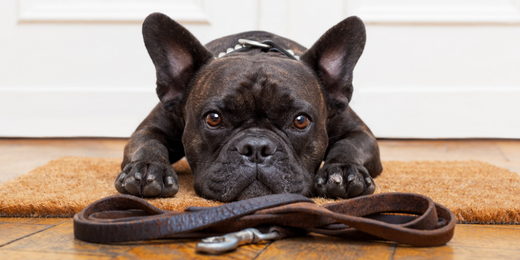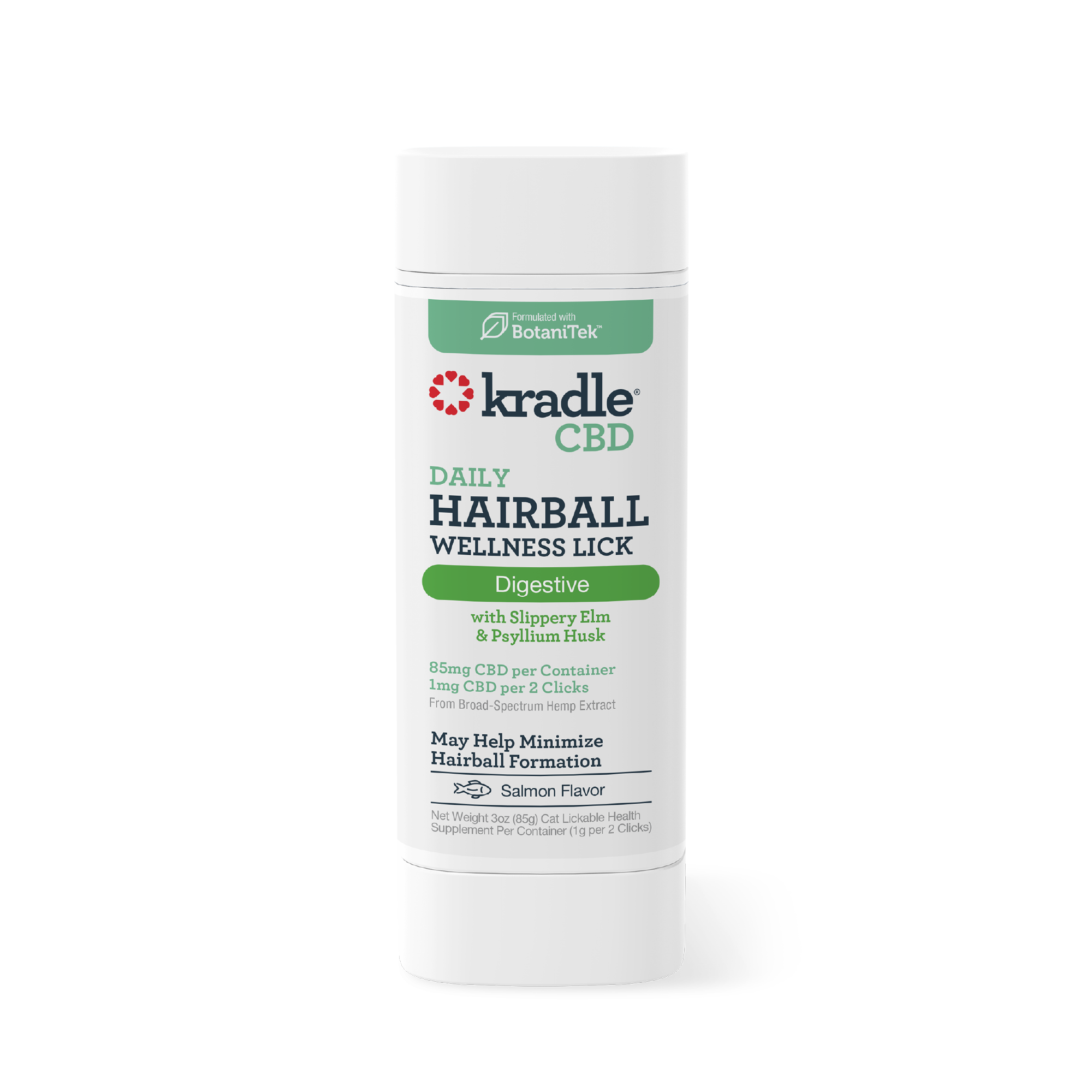
What to Do When Your Dog Refuses to Walk
With the freezing temperatures of winter behind us and the scorching temperatures of summer still a few months away, spring is the perfect time of year to get outside. You may be feeling especially eager to enjoy some sunshine after what’s felt like the longest winter ever thanks to the COVID-19 pandemic. And you’re not the only one!
Apart from the return of storms, dogs typically love everything about spring — more time outside, more playdates, new smells, longer days…the list could go on and on. Walking with your dog is one of the best ways for both of you to soak up the ideal spring weather. As an added benefit, going on frequent walks can help strengthen your bond with them.
Walks aren’t always a breeze for your dog though. Perhaps you’ve noticed before that yours runs away when you try to put their leash on or frequently stops mid-walk. We all know that exercise can feel like a drag sometimes, but your dog likely is not just being stubborn or lazy. If your dog refuses to walk, it could be due to a variety of reasons, including an uncomfortable leash, undiagnosed physical pain, and/or fear. We discuss below how fear specifically can impact your dog’s willingness to go on walks and what you can to do help. 🐕
Fear Could Be Why Your Dog Refuses to Walk
A stroll around the neighborhood is much more than a nice break in the day for dogs; there’s a lot for them to take in and process!
Dogs can easily get triggered on walks by what’s going on around them: other dogs and people walking, bikers passing, loud noises (i.e., construction, trains, honking, thunder or fireworks), unfamiliar objects, etc. Even things that seem like a mere annoyance to you, like gusts of wind, can actually be scary to your dog. This can be especially true for rescue dogs, who may be more timid or skittish due to their past.
Your dog might associate walks with fear if something particularly frightening happened on a previous walk, such as a run-in with new dogs or a car honking loudly right next to them. Pay attention to where and when your dog stops on walks. If they always get nervous around the same place or refuse to walk certain places or directions, there’s probably something in that surrounding that makes them nervous.
Five Tips to Help Your Dog Make It Through a Walk Without Fear

As you get back into a consistent walking routine this spring, consider these tips to help ensure your dog will strut with confidence the entire walk:
1. Keep the walks short and sweet. Don’t make your dog do something that stresses them out for a prolonged period of time. Start off with shorter walks, until your dog gets used to them.
2. Stick with the same route. We say it all the time and we’ll say it again: dogs like routine! Choose the same route each time so they know what to expect.
3. Avoid triggers. If you know your dog gets anxious around other dogs or strangers, opt for private trails or areas where you’ll be less likely to have run-ins.
4. Play with your dog inside before heading outside. This will tire them out and help take the edge off prior to the walk.
5. Keep Kradle products in your purse or pocket. Our calming products were designed to be easy for pet parents to use on-the-go. Each product is portable and perfectly dosed by weight, so you can feel confident you’ll be able to give your dog the relief they need when they need it without any hassle. Give your dog Kradle thirty minutes before departing the house to prepare ahead of time.
Shop for Chews, Toppers, and Melts to help keep your dog calm during all of the outdoor adventures the two of you will have together this spring.








